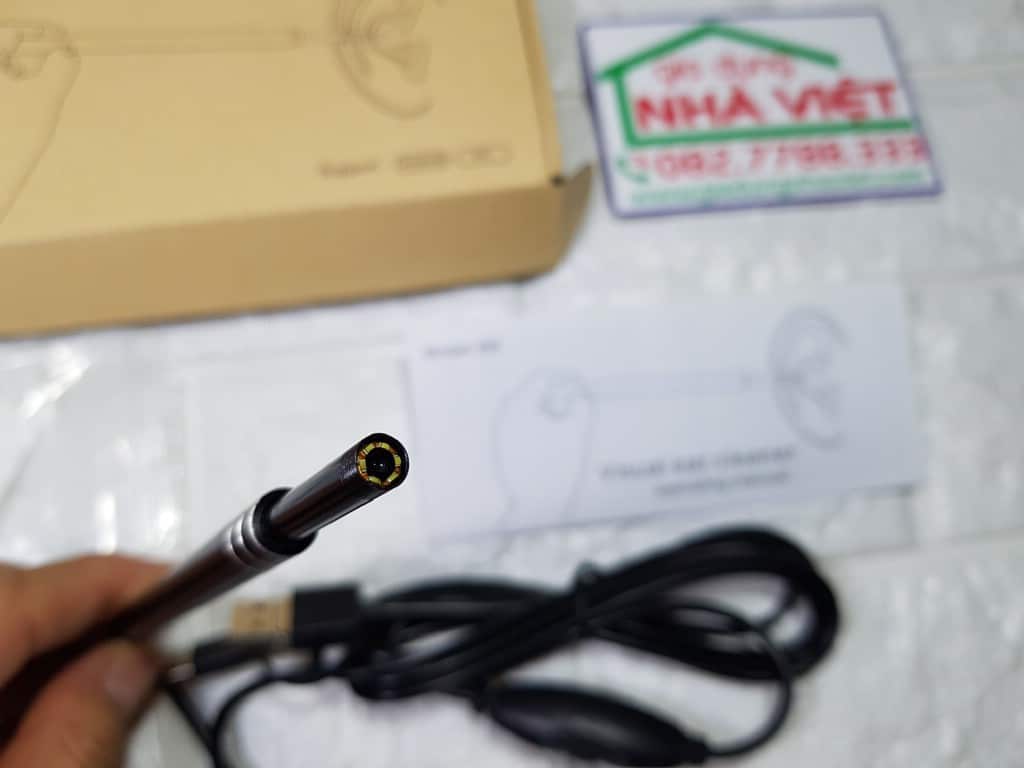


In fact, cotton swabs just make the problem worse. The swab works just like a trash compactor in your ear, jamming and compacting, jamming and compacting. Once you begin to understand the structure of a story, you can begin focusing on the middle chunks of your novel, specifically the inciting incident-reversal stages.Pretty soon, it’s time to go to the doctor to undo the damage you've done. The story arc for his particular story is closed and lessons have been learned. This doesn’t mean that everything ends up good for your characters it just means that things have come full circle in a way. The resolution should lead into a new stasis for your characters. This is usually when your protagonist reverses the situation and finds a way out of the problem (or doesn’t). The events leading up to the climax begin to cool down and something happens that helps lead to the resolution. The story is lead in a new direction because of these things. The reversal is a result of the critical choice and the climax. Your story generally builds up to this point. This is the highest point of tension in your story, when your character has to deal with the critical choice they have made. These choices will change the course of the novel. They should have to choose between two paths and their choices should reveal something about them. What your character has learned or how they have developed over the course of your novel is often revealed during the critical choice. What stands in your character’s way? What is preventing them from finishing their quest and returning to normal?

This will make up most of the middle of your novel. There should be obstacles, problems, trouble, conflict, etc. The point is that they must set out to learn something as a result of the inciting incident. This doesn’t always mean an actual physical journey it can be an emotional one depending on your story. There’s something your protagonist needs to do or there’s a journey they must embark on. I’ve written a longer post about this here. What forces your character to change their usual behavior? This is when your character decides to get in the action OR they are forced to get in on the action. This is your protagonist’s call-to-action. During this time you can focus on showing your audience what your world is like and how your characters interact with it on a daily basis. This includes the introduction, the description of the everyday life of your main character, and an explanation of your world. The best way to begin tackling this issue is to understand pacing and how your novel should be structured. Even if you know the beginning and end of your novel, it can be difficult to connect the two and build an exciting plot inbetween. Many writers worry about developing the middle of their novel or they simply lose motivation when they start thinking about what to write about.


 0 kommentar(er)
0 kommentar(er)
